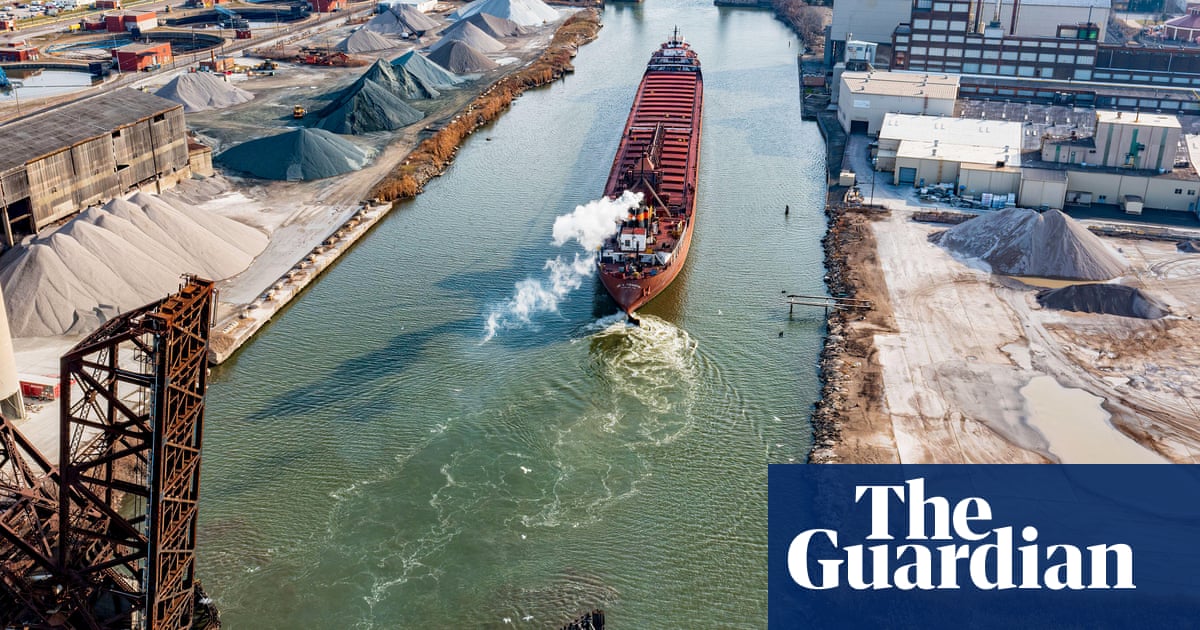
"Research shows that sewage sludge and wastewater treatment plants significantly contribute to Pfas water pollution, indicating inadequate management of waste in the US."
"Testing around 32 sewage sludge sites revealed high levels of Pfas in rivers, with downstream results higher for at least one compound 95% of the time."
"Pfas, a group of 15,000 compounds known as forever chemicals, do not break down naturally and are associated with severe health issues."
"Despite billions spent on water treatment, the practice of spreading sludge as fertilizer leads to the introduction of toxic substances back into the food supply."
A recent study indicates that sewage sludge and wastewater treatment plants are significant contributors to Pfas water pollution across the US. Testing of rivers near 32 sludge sites demonstrated elevated Pfas levels, particularly downstream, where concentrations exceeded the EPA's draft guidance. Pfas compounds are durable, accumulating in human bodies and the environment, and link to serious health risks like cancer and liver disease. The waste is often applied as fertilizer on cropland despite substantial public health concerns regarding when toxic substances re-enter the food and water supply.
Read at www.theguardian.com
Unable to calculate read time
Collection
[
|
...
]